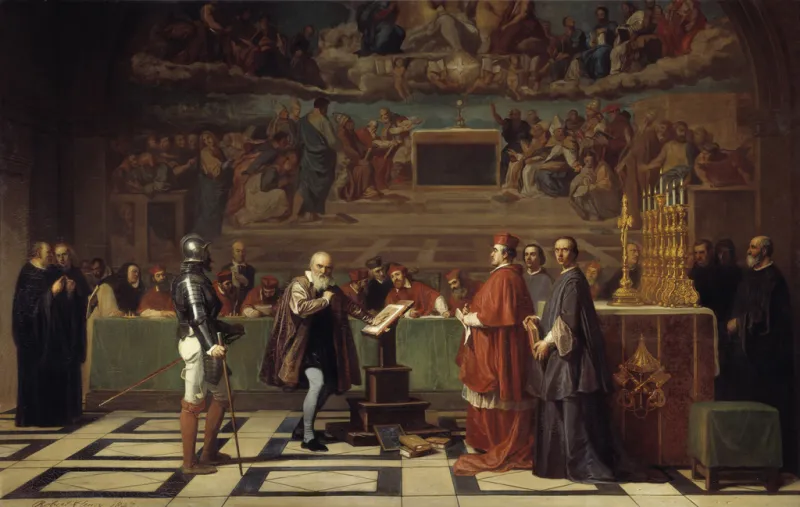
Green Bay, Wis., Sep 20, 2018 / 05:08 pm (CNA/EWTN News).- Bishop Robert Morneau, Auxiliary Bishop Emeritus of Green Bay, has withdrawn from public ministry saying he regrets having failed to report the abuse of a minor, WBAY reported Thursday.
“I failed to report to local authorities an incident of abuse of a minor by a priest in 1979 and, as a result, this priest was able to abuse again several years later,” Bishop Morneau wrote in a letter to Bishop David Ricken of Green Bay, which WBAY says was published in The Compass, the Green Bay diocesan paper.
“I intend to spend my time in prayer for all victims and survivors of sexual abuse and I will do corporal works of mercy in reparation for what I failed to do,” Bishop Morneau wrote.
Bishop Morneau, 80, was ordained a priest of the Diocese of Green Bay in 1966, and appointed auxiliary bishop of the diocese in 1978. He was consecrated a bishop Feb. 22, 1979. He remained auxiliary bishop until 2013, when he reached the age of 75.
WBAY reports that Bishop Morneau says he mishandled the case of former priest David Boyea, who was convicted of child sexual assaul in 1985.
“Looking back, I should have handled this situation differently than I did at the time. At the time, I was asked by the family of the victim to arrange an apology from the offending priest, which I did. I felt at the time I had done what was asked of me by helping the parties to reconcile,” the bishop wrote.
“The measures taken were ultimately insufficient to protect others from abuse from this same priest. I very much regret and apologize for this, especially to those victimized following my mistake in this regard.”
Bishop Ricken wrote in The Compass, according to WBAY, that “Bishop Morneau is a good and faithful man who did what he felt was right at the time, realizing now that he could have and should have done more to protect the innocent.”
If you value the news and views Catholic World Report provides, please consider donating to support our efforts. Your contribution will help us continue to make CWR available to all readers worldwide for free, without a subscription. Thank you for your generosity!
Click here for more information on donating to CWR. Click here to sign up for our newsletter.




All of civilization is into this firing or resignation of the contrite. David stole Bathsheba and set up her husband to be killed, a man who said he would not leave the ark as long as it had no fixed home…and David took his punishment from God, the death of his son by Bathsheba, but he stayed at this job of being ruler. We must distinguish between the repentant and the incorrigible. No one’s doing so.
Did any of you see the TV movie “Something About Amelia,” back in the 1980’s? It was critically acclaimed and won all kinds of awards. It was about a father who sexually abused his daughter from age 11 to age 13. An incest victim who saw it about 6 years ago wrote an outraged and scathing review: http://www.scaredstiffreviews.com/something-about-amelia-1984-tv-movie-free-on-youtube-trigger-warning-read-before-watching/
From that review: “Farley [the family therapist] believes the family can be completely reunited! In fact, Steven doesn’t have to serve any jail time. He just needs therapy as does the whole family. In the end, we see Amelia who has come to terms with everything forgive her father when she remembers being little and him singing her a lullaby.”
Why am I mentioning this here? This was on TV five years after the incident of child abuse about which Bishop Morneau wrote, “At the time, I was asked by the family of the victim to arrange an apology from the offending priest, which I did. I felt at the time I had done what was asked of me by helping the parties to reconcile.” It makes me wonder if that was the advice that was being given to anybody who had to deal with child abuse at the time. Clearly it was not the right thing to do; the priest in question should have been reported to the police and laicized. But I wonder how much the prevailing secular attitudes of the time had to do with the decision.